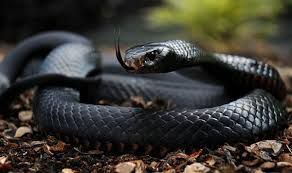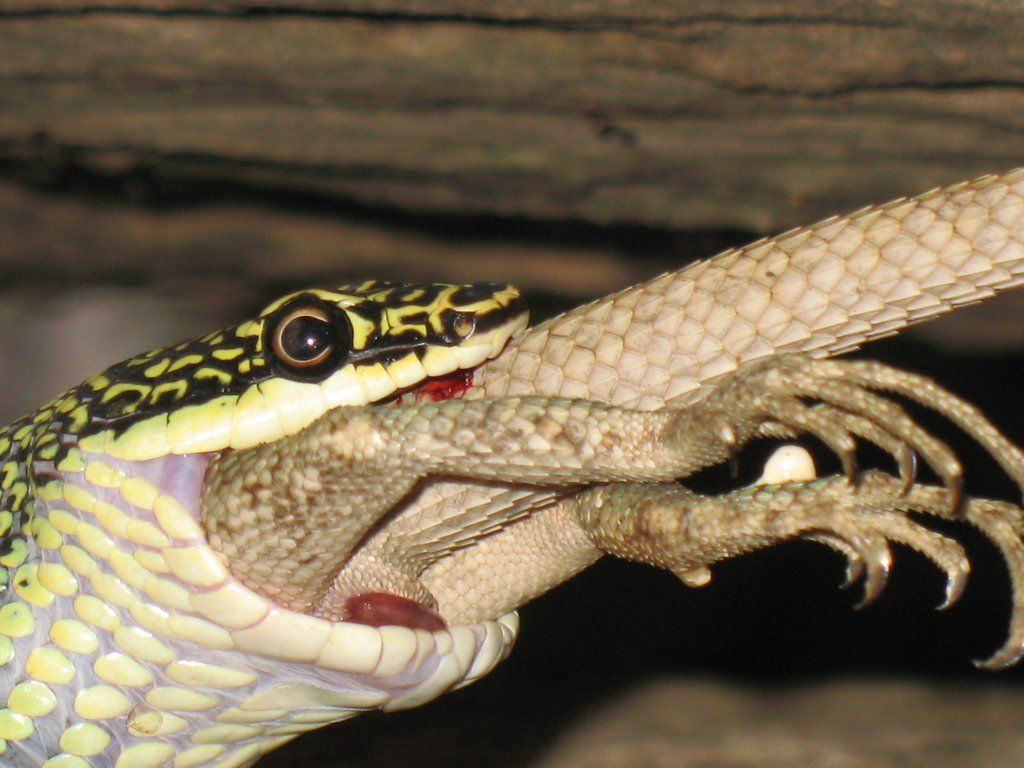The structure of belemnite
Traces of the life activity of belemnites can be found in many places in the Zaraisk region. Very often they are found in natural sections of soil, mainly along river banks. One of these places is located within the city, on the banks of the river. Sturgeon, near st. Parkovaya. Spring waters annually wash away the soil from the shore, and over time, ancient rocks were exposed, and it was here that I discovered the remains of belemnites, in the form of particles of shells. Most often, rostra are found that have a long, cylindrical shape, their surface is almost completely smooth, based on this, it can be argued that these are shells of belemnites of the genus Cylidrotheuthis (Late Jurassic). Other shells are spindle-shaped, consistent with the belemnite genus Hybolites. There are also other types of shells that have a cylindrical shape; traces of blood vessels are visible on the rostrum, which corresponds to the genus Belemnitella.
Finds of belemnites date back to the Mesozoic era, the presence of three main genera of belemnites is observed. It follows from this that in the territory of the Zaraisk region the development of life of belemnites takes place, as in the rest of the sea expanses of the Mesozoic era. In younger layers of the rock, belemnites are almost never found, which confirms their almost complete extinction at the end of the Cretaceous period. Using the finds as an example, you can observe all stages of the life of these creatures.
Ammonite research
Subclass external shell. These are predatory animals with an external shell that has a wide variety of shapes. Most of them led an actively swimming lifestyle (nekton), others crawled along the bottom (benthos), and occasionally planktonic forms were also found. Animals with a flattened, streamlined, spirally coiled shell were good swimmers; Animals with swollen or unfolded shells swam worse. At present, only one genus of nautilus has survived from the external shells - an inhabitant of the Indian and Pacific oceans, the study of which has made it possible to understand the structure and lifestyle of the extinct external shells.
All external shells have a shell of various shapes, divided by partitions into chambers. These partitions were attached to the inner wall of the shell along the so-called septal line, which can be seen on the fossil shell of all extrinsic shells. This line can be simple or complex. It is so characteristic that even from a small fragment of a shell on which this line is visible, one can determine the species name. External shells appeared in the Cambrian. From the Ordovician to the end of the Cretaceous, they were one of the most common marine invertebrates.
The subclass of external shells is divided into six superorders, four of which are of great scientific importance.
Superorder Nautiloids. The shell is straight, curved, and in most cases tightly coiled. The septal line is straight or slightly wavy, the siphon is in the center of the shell. Distribution: Cambrian - present. Representative: genus Nautilus - a modern predator with a spiral shell (Jurassic-present).
Superorder Endoceratoidea. The shell is straight, very large (up to 3-4 m long), with a siphon at the edge of the shell. The septal line is straight or slightly curved. Distribution: Ordovician. Representative: the genus Endoceras with a straight shell and a siphon shifted to the edge (Ordovician).
Superorder Ammonoids. Representatives of this superorder are the most important among cephalopods. They appeared in the Devonian and became extinct at the end of the Cretaceous period. During this time, they evolved very quickly, reaching great diversity and significant distribution. Among the ammonoids there are a lot of leading fossils.
The shell of most ammonoids is spiral; unfolded, sometimes almost straight or irregularly folded shells are rarely found. Their diameter ranges from a few millimeters to one meter and even up to 2.5 m. The shape of these shells and external sculpture are very diverse (especially among Mesozoic ammonites). The septal line is very characteristic; it consists of alternating convexities and concavities, complicated by small bends and notches. Depending on the degree of complexity, there are three types of septal line. The most simple, curved line in goniatites (Devonian - Triassic), in ceratites (Permian - Triassic) it has jagged lines, and in ammonites (Permian - Cretaceous) this line is the most complex.
There are seven orders within the ammonoid superorder. The three most important ones are briefly described below:
Order Goniatitis. The shell is flat-spiral, with a simple goniatite line. Distribution: Devonian – Permian. Representative: genus Timanites with a flat, lens-shaped shell (Late Devonian).
Order Ceratites. The shell is flat-spiral, of various shapes and with various sculptures. The lobe line is ceratite. Distribution: Permian-Triassic. Representative: genus Ceratites with a thickened shell, with rare rough ribs on the surface (Middle Triassic).
Order ammonites. The shell is usually flat-spiral, with different whorl cross-sectional shapes; rarely the shell is unfolded. Very diverse external sculpture in the form of ribs, tubercles; often the shell is smooth. The lobate line is ammonite, with complexly dissected saddles and lobes. Distribution: Jurassic – Cretaceous. Representative: genus Virgatites with characteristic fascicles of ribs on the surface and a complex lobate line (Late Jurassic).
The remains of cephalopods are very often found in rock layers corresponding to the periods: Carboniferous - Cretaceous. Representatives of two main classes are often found together: inner-shell and outer-shell.





No comments here yet.